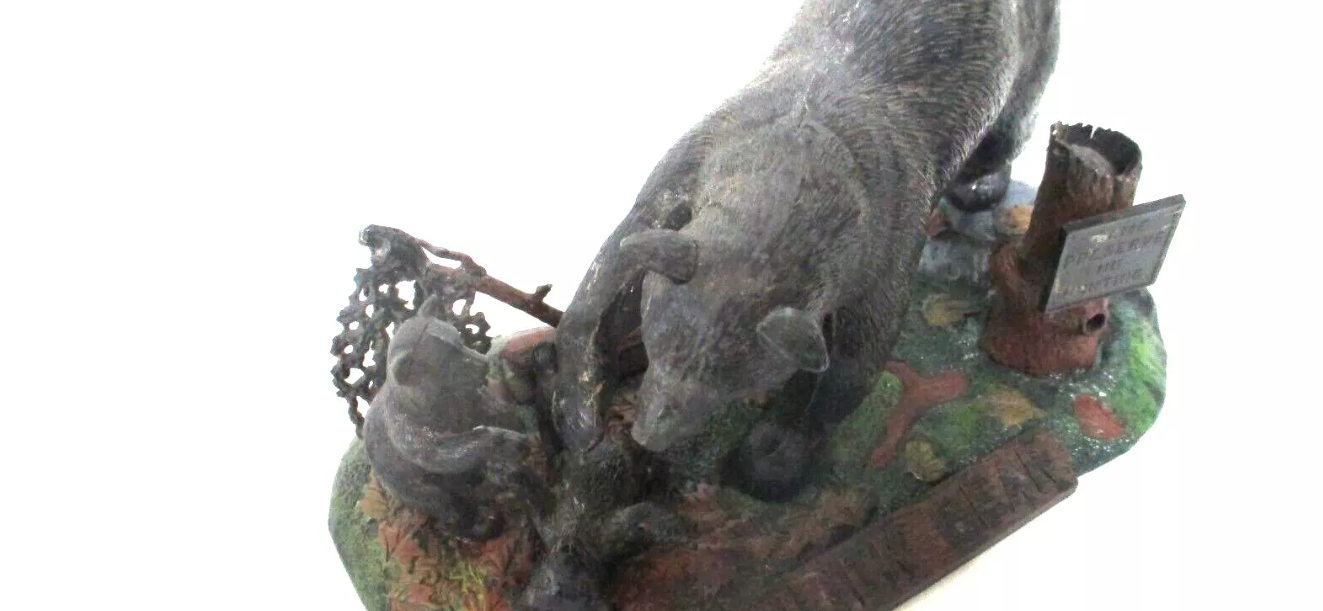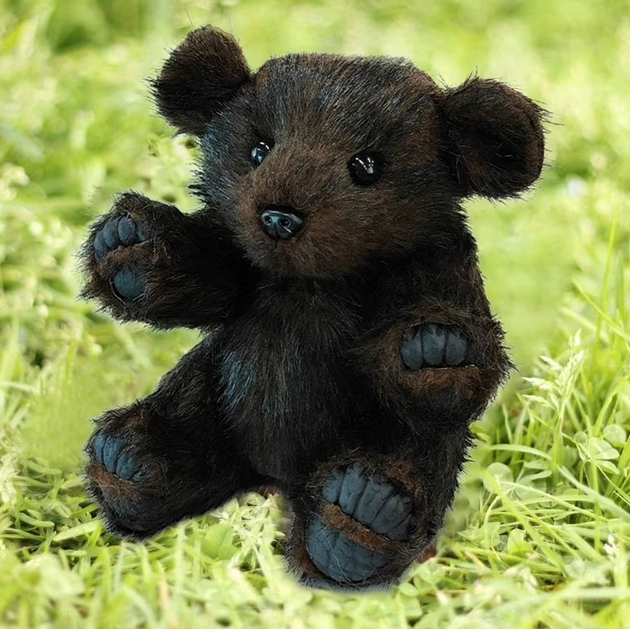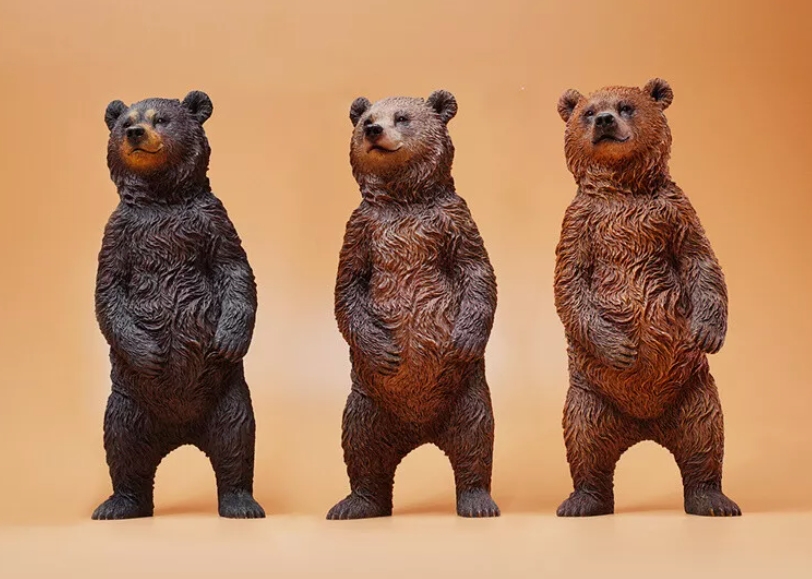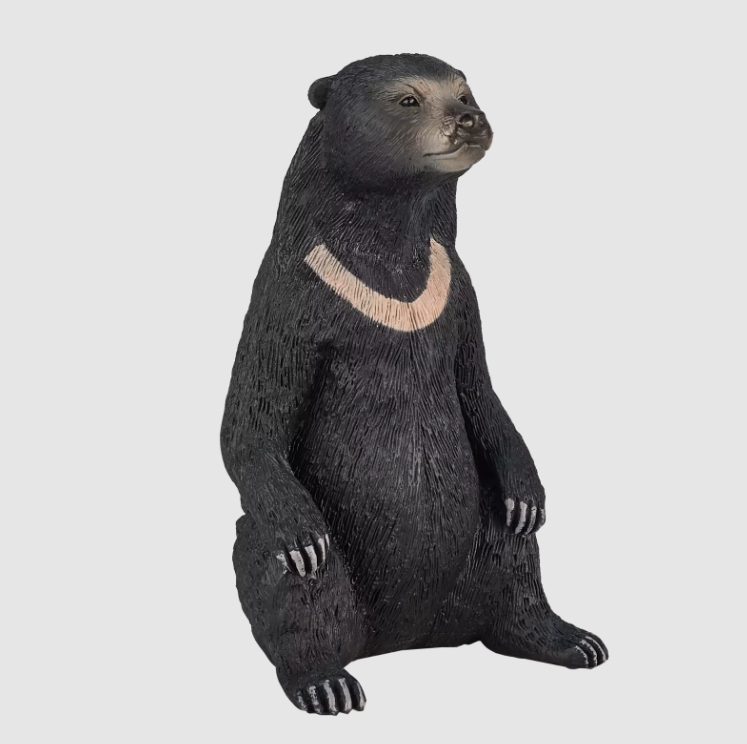The bear model is a widely used tool in statistics and data analysis, especially in the areas of risk management and finance. Its main function is to help analyze and predict the behavior of random variables, especially in extreme cases. The bear model, with its unique structure and flexibility, enables researchers to accurately model and analyze complex data sets.
The bear model describes the distribution and correlation of random variables by constructing a series of mathematical equations. These equations often include mean, variance, and other statistical features, allowing the model to not only reflect the overall trend of the data, but also capture local fluctuations. Through in-depth analysis of historical data, the bear model is able to identify potential risk factors and provide data support for decision makers.
In financial markets, the bear model is mainly used for risk assessment and portfolio optimization. Investors can calculate the performance of different asset portfolios under different market conditions through the model, so as to formulate more reasonable investment strategies. At the same time,models can help identify market anomalies and potential crises,and provide early warning mechanisms. This is particularly important for institutional investors and money management companies.
In addition,the bear model has good scalability. Researchers can adjust the parameters and structure of the model according to specific application scenarios to adapt to different types of data. This flexibility makes the bear model not limited to finance,but can also be applied to other industries,such as insurance,energy and environmental science. Each domain can gain deeper insights from the model and improve the level of decision making.
Of course,the validity of the bear model depends on the quality of the input data and the assumptions of the model. Overly simple models may not adequately capture the complexity of the data.




